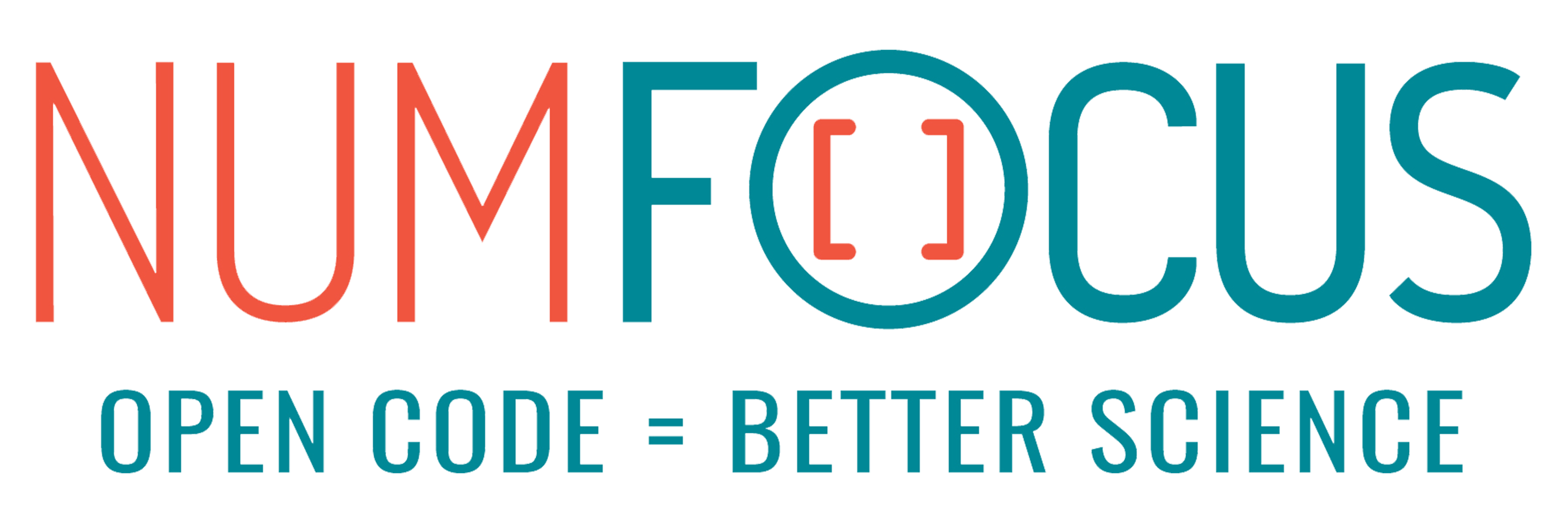Squidpy is a tool for the analysis and visualization of spatial molecular data. It builds on top of scanpy and anndata, from which it inherits modularity and scalability. It provides analysis tools that leverages the spatial coordinates of the data, as well as tissue images if available.
Visit our documentation for installation, tutorials, examples and more.
Squidpy is part of the scverse project (website, governance) and is fiscally sponsored by NumFOCUS. Please consider making a tax-deductible donation to help the project pay for developer time, professional services, travel, workshops, and a variety of other needs.
Please see our manuscript Palla, Spitzer et al. (2022) in Nature Methods to learn more.
- Build and analyze the neighborhood graph from spatial coordinates.
- Compute spatial statistics for cell-types and genes.
- Efficiently store, analyze and visualize large tissue images, leveraging skimage.
- Interactively explore anndata and large tissue images in napari.
Install Squidpy via PyPI by running:
pip install squidpy
# or with napari included
pip install 'squidpy[interactive]'or via Conda as:
conda install -c conda-forge squidpyWe are happy about any contributions! Before you start, check out our contributing guide.






